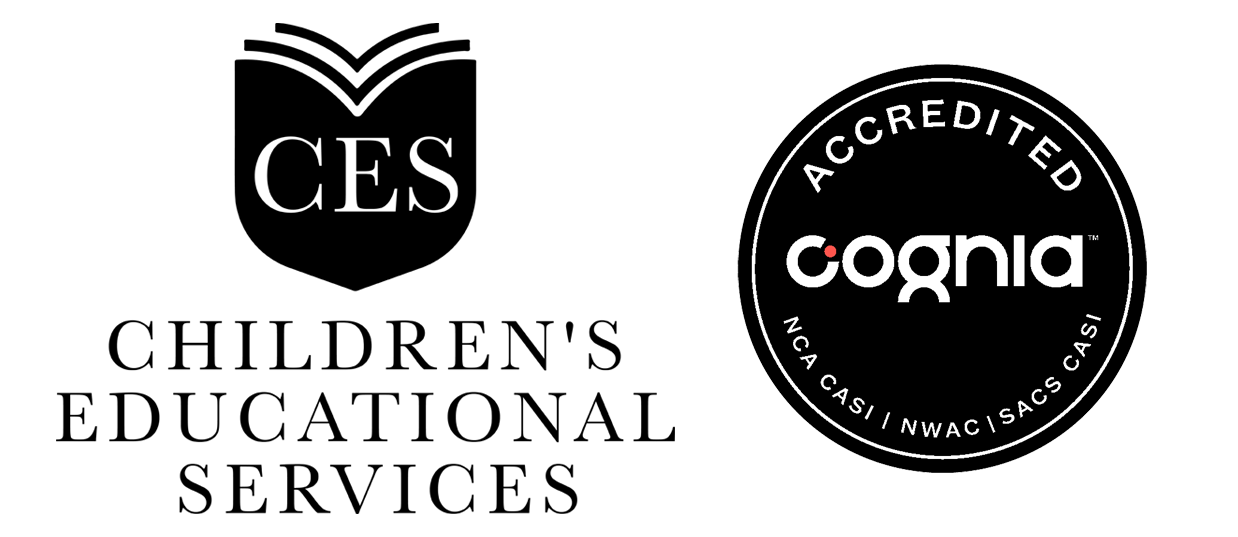Nevertheless, my student teacher and I have dug up a few “chapter-transition” books that seem to be putting our once less-than-enthusiastic readers on the same page as their book-loving classmates. We chose these books because they are unconventional and spark the imagination of our students, helping to ease them into more traditionally structured chapter books. Given that these books are participatory in nature, they require more guidance than traditional chapter books, but I’m convinced you will see that this class time is worth its weight in pedagogical gold.
Gateway Book #1: Choose Your Own Adventure
We’ve found that Choose Your Own Adventure (or CYOA) books, a staple of my classroom for many years, are perfect for read-alouds with the whole class. These books are thoroughly engrossing. and are ideal for eliciting “partner talk”—a skill that may have become rusty for students during remote learning—as well as developing students’ ability to draw conclusions from textual evidence. It’s a great first step towards motivating reluctant readers, too. You can use CYOA books with the entire class by allowing students to vote on “what to do next.” Are your students struggling with making inferences? Using evidence from the text? Setting a purpose to read? Predicting? Just talking? That gets fixed with the first “stopping point”!
Personally, I recommend starting with The Lost Jewels of Nabooti,. Transform your students into spies who must fly to Kenya while being pursued by government agents in order to save a long-lost cousin and bring a tribal heirloom back to its rightful owners! The best part about CYOA books is that not only can you read them again and the story will change, but afterwards, you’ll have dozens of kids waiting for their turn to borrow them, and they always want a friend to help them decide.
Gateway Book #2: True Lies, Stories to Solve by George Shannon
True Lies by George Shannon is, and has been for many years, one of my favorite gateway books to read with a small group of students who are still developing the skills for a chapter book. True Lies comes in a two-book set, and each book presents about eighteen puzzles from folklore for children to solve. Rather than focusing on pages of text, which can frustrate struggling readers, True Lies offers students a brief but thought-provoking riddle, such as the classic about how to get a goat, a wolf, and a bag of cabbages across a river with a single boat. This book provokes an immediate connection to the text that a typical chapter book’s exposition doesn’t always do well. The stories are multicultural, the text is minimal, and your students will debate on and on, before and after finding out what the “true lie” is. If you’ve ever wondered what a guided reading group looks like when the kids won’t stop talking about the text, look no further than True Lies. You might continue the fun with Stories to Solve, also by George Shannon, which features a similar set of scenarios.
Gateway Book #3: You Be the Jury by Marvin Miller
Another of my all-time favorites has been a godsend in ratcheting up enthusiasm for reading in our classroom lately. You Be the Jury by Marvin Miller is a series of really fascinating trial vignettes where your little Perry Masons can hunt for clues and examine exhibits. I like to read You Be the Jury books on the overhead, inviting students to scan for clues and pausing to discuss with them. Often, the class will refuse to let you reveal “the verdict” until they have discussed, debated, and analyzed every last shred of evidence. If trial shows aren’t your thing, have no fear. The scenarios are well-written and fun, and kids will find them relatable. And did I say close reading? Just try to take your text off the screen while they hunt for clues in section after section!
Gateway Book #4: Love That Dog by Sharon Creech
Poetry to bring reluctant readers back to books, you say? Trust me, it works, and it works with them all. I had to order three copies of Hate That Cat, the sequel, because two copies were just not enough.
Sharon Creech’s unconventional read is about a boy named Jack who hates poetry. “Boys don’t write poetry, girls do,” says Jack on the only line of the first page. With minimal text, and maximum mystery, your kids will want to discover why Jack hates poetry, why he begins to change his mind, and, ultimately, why he still loves his dog Sky. The entire story is a conversation in a journal between Jack and his teacher, and included at the back are the poems he studies in class, which, trust me, your students will ask you to read to them.
I love this text for establishing what I call the Fabulous Four comprehension components of early chapter book reading: setting a purpose to read, predicting, questioning, and summarizing. You can practice them all with your class in think-pair-shares while establishing the reader’s routine that your students can transfer to independent reading later on.
A Few More Books to Try
A couple more terrific series you may wish to check out are Two Minute Mysteries by Donald Sobol and Five Minute Mysteries by Stan Smith. For younger readers, try this amazing (but hard to find) book: Black and White by David Macauley. Want to integrate history? Try You Choose: History, which includes almost any historical era you can think of, such as the Oregon Trail, the Civil Rights Era, or the Civil War.
Which gateway book will you choose?
In an interest survey at the start of the year, only three out of my twenty-nine students told us they love to read. We knew we had to do something. These books, as they always have, did the trick once again! Now, students hug themselves, bite their lips, and cover their faces while waiting to see if our classroom and small group decisions will lead to treasure or disaster. Books in our classroom libraries fly off the shelves, and kids are writing more than the required book review quota in order to let their classmates know about the great books they’ve discovered. Even better, we are seeing massive changes in our Benchmark unit tests and have collected plenty of anecdotal evidence that students’ comprehension of texts during, while, and after reading has improved like never before.
And they are having a blast doing it.
Whichever gateway book you choose, I’m certain that you will bring your students back to the love of reading real, printed-on-the-page books. Happy reading! And please let me know if you ever find the jewels of Nabooti. We usually don’t make it past the bazaar filled with enemies!
Thomas Courtney is a fifth-grade teacher, Senior Policy Fellow with Teach Plus, Ca., and was selected as San Diego Unified School District’s Teacher of the Year in 2021. He serves as a guide teacher with SDUSD and writes about his classroom experiences in order to empower students, families, and teachers themselves.


